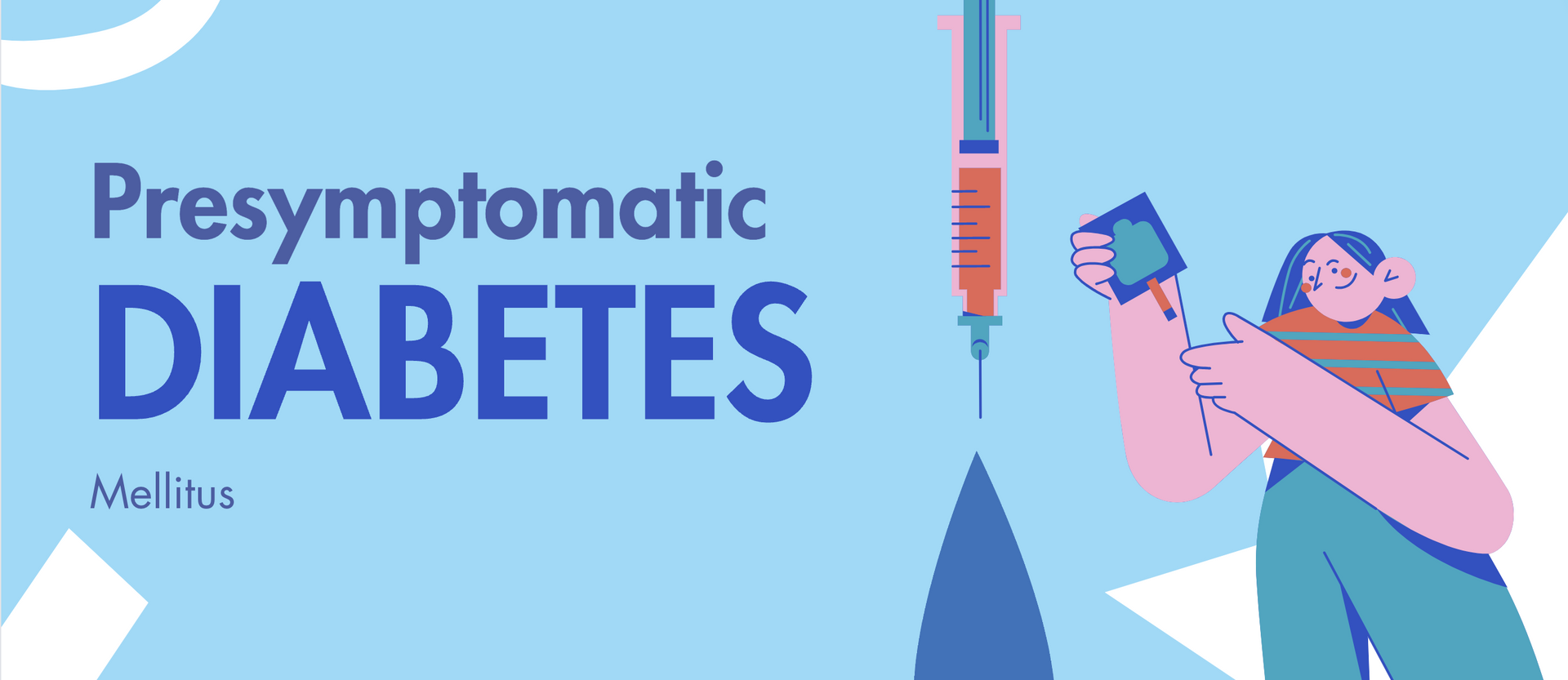18 Sep, 2024
When you think about coding in your organization, do you consider it a cost center? Often, the direct costs such as salaries, benefits, and equipment dominate the conversation. But what if we shifted the focus to understanding coding as an essential investment in your healthcare operations rather than just another expense? Beyond the Obvious Costs: The Hidden Impact of Coding We often focus on direct costs, but it’s easy to underestimate the indirect ones that quietly accumulate. Supervisory time, for example, is often overlooked as an indirect cost. Recruiting, testing, and turnover contribute further, along with quality assurance, ongoing education, and training. With every regulatory change and code-specific nuance, the demands increase—requiring more time, resources, and money. These factors don’t just affect your bottom line; they can significantly impact your Return on Investment (ROI) in ways that are frequently underestimated. The Real ROI of Accurate Coding The accuracy of your coding has a direct influence on your organization's financial health. Consider this: what would a mere 1% increase in coding accuracy mean for your top line? Not only could it boost revenue, but it could also reduce re-work costs and significantly cut down on denials. A lower denial rate means faster cash flow, less time spent on rework, and fewer headaches. Many systems often handle coding internally, focusing only on the direct costs. However, this approach overlooks not only the significant indirect costs—like supervisory time and training—but, more importantly, the impact on accuracy and productivity. These hidden factors can make a big difference in overall performance, which is why outsourcing your coding can provide a more efficient and accurate solution. *“If you are questioning to remain in-house or outsource, it is imperative that you consider all costs and rewards – coding was costing me about $400k per month in lost revenue due to improper coding and lost charges (on $116m gross revenue, now $230m, so it would be higher).” Shifting Focus: From Administration to Patient Care What if your team could focus on what really matters—patient care—without the administrative burden of coding? Imagine the impact on your organization if you could shift the focus from managing coding staff and processes to enhancing patient outcomes. 6 Key Reasons to Outsource Your Coding Outsourcing your coding might be the game-changer your organization needs. Here’s why: Coder Shortage: The ongoing shortage of experienced coders, exacerbated by factors like ICD-10 implementation and the COVID-19 pandemic, makes finding and retaining qualified staff increasingly difficult. Quality and Productivity Demands: With evolving healthcare technology and constant regulatory changes, coding has become more complex. Meeting productivity and quality standards is challenging, especially for in-house teams. Fluctuating Workloads: Your coding needs fluctuate, but your costs don’t have to. Outsourcing allows you to scale up or down based on demand, saving you from the expenses of overstaffing or temporary hires. Geographical Challenges: Whether you're in a rural area or an underserved urban zone, outsourcing circumvents the difficulties of local recruitment by offering a broader talent pool. Improved Data Outcomes: Accurate and efficient coding is crucial for improving key data metrics that impact your organization’s reputation and reimbursement. By outsourcing your coding, you can enhance outcomes related to Health Grades, Quality Scores, CMS Star Ratings, and Risk Adjustment Factor (RAF) scores. Financial Relief: Outsourcing reduces the burden of managing an internal coding department. It cuts costs associated with recruitment, education, training, and retention, allowing you to focus resources where needed—patient care—and improves your overall ROI. *“We know it takes at least 18 months to get a coder proficient and accurate. I know our cost of labor is extremely high and would cost us considerably more per FTE when opportunity costs are calculated (lost revenue due to coding errors, missed charges, education, CDI, etc.)” Challenges and Opportunities: Beyond Just Numbers It’s not only about costs. The workforce is changing, and managing people is becoming harder. Burnout among coding staff is real, and it’s a growing concern that impacts both productivity and quality. Additionally, the coding workforce is aging, with many experienced coders approaching retirement. This looming wave of retirements is likely to exacerbate existing staffing challenges, making it even more difficult to maintain a fully staffed and skilled team. Continuous learning and development aren’t just nice-to-haves—they’re critical to success. As the demands on your coding team increase, are your leaders equipped to manage these challenges? UASI’s Solution: Experience and Expertise at Your Service This is where UASI comes in. With over 40 years of experience, we’ve honed our processes to deliver better results at the same or even lower cost than maintaining an in-house team. Here’s how we can transform your operations: • Reduced Headaches: We take on the challenges of recruiting, training, and managing coding staff, so you don’t have to. • Flexibility and Expertise on Demand: We provide the expertise you need when you need it, allowing you to scale up or down based on your coding demands. • Shared Success: We work as partners, with a focus on shared success and accountability. • Focus on What Matters: Our services free up your team to focus on patient care, reducing in-house tension and administrative strain. Highlighting the Benefits of Outsourcing Coding *“With a coding outsource, organizations do not need to spend money, time, and resources in hiring, training, and retaining experienced coders. Outsourcing is a cost-effective solution to reducing an organization’s administrative costs, as well as decreasing the administrative strain in the HIM department. In consideration of a coding outsource, it’s important to develop a cost-benefit analysis as well as determining appropriate, reportable KPIs.” “As I make changes to the RCM, one constant will be UASI because of their expertise and because of how they work with everyone on my side to effectively train my staff and to educate my providers.” Proven Outcomes: A Client Success Story Outsourcing of coding services has shown remarkable outcomes in terms of improved efficiencies and financial performance. Here are some notable results from a specific outsourcing client: • Decrease in DNFB by 44% in 90 days • Decrease in DNFC by 64% in 90 days • Nearly 100% decrease in front-end claim edits, with coders resolving edits concurrently at the time of coding, leading to an increase in clean claims being released for billing sooner. • Increased productivity, with all coders meeting or exceeding established productivity standards. • Improved efficiency of the organization’s HIM staff, allowing them to focus on resolving EMR issues, obtaining needed provider documentation, addressing chargemaster issues, and other registration and billing challenges. Outsourcing guarantees a qualified team to manage and perform the daily work associated with all coding needs, leading to measurable outcomes like improved DNFC and DNFB, enhanced coding quality, decreased coding edits, reduced denials, improved cash flow, and overall increased departmental efficiency. Flexible Engagement Models: Designed for Your Success At UASI, we offer two flexible ways to engage with our services: • Monthly Subscription Fee to Shared Success Fee: We start with a straightforward monthly subscription, transitioning to a shared success fee model after six months. This approach allows for a seamless transition to outsourcing, where we can re-badge your existing staff where appropriate. After the initial period, we evaluate the success of the engagement, ensuring it aligns with your goals and expectations. • Quick Results and Strategic Planning: Our model enables you to take quick action and see results rapidly. We begin with a thorough assessment to identify potential opportunities, propose a combination of a monthly fee and a shared success model, and allow your health system to evaluate the program for optimization. This data-driven approach ensures that you can determine the best path forward based on both strategy and measurable outcomes. These flexible engagement models are crafted to provide immediate benefits while allowing you to refine your strategy over time. By partnering with UASI, you can be confident in a solution that meets your organization's specific needs, enabling you to focus on what matters most—delivering exceptional patient care while achieving financial success. *CEO, West Coast Health System





















